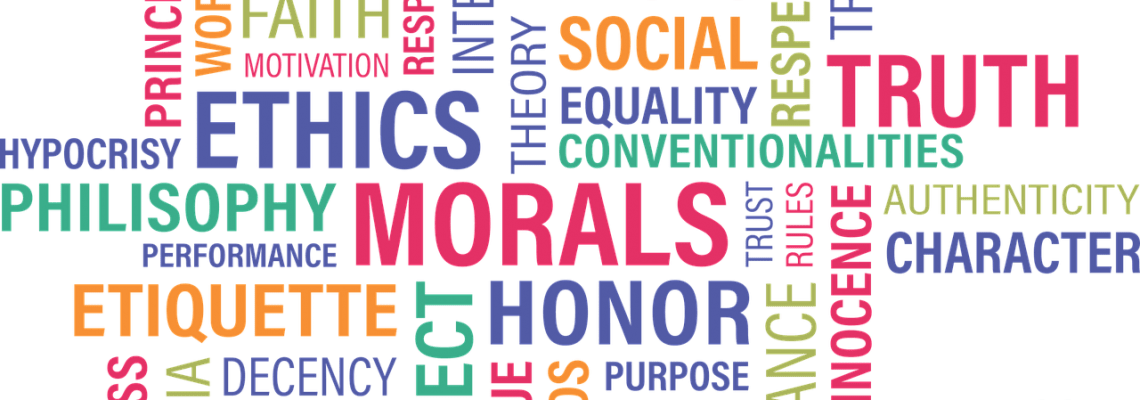This is the last post of the month dedicated to Ethics Awareness Month where we cover the Ethical Decision-Making Tool that was inspired by Janice Gow-Pettey’s (ed.) book Nonprofit Fundraising Strategy: A guide to ethical decision making and regulation for nonprofit organizations.
The first week’s post covered the first three points of the tool: clarifying the problem, identifying key and competing values, and identifying the key players and stakeholders.
Last week’s post covered the next 5 themes which centered around identifying plausible alternatives, imagining outcomes, evaluating possible outcomes, deciding on a course of action and testing the decision.
Now that everyone involved knows what will be the course of action, follow these final steps:
-
Share the decision with someone else
Make it part of team meetings to discuss the situation and the decision made so everyone can sharpen their skills and understand the repercussions of the situation.
-
Implement the decision
This is the most delicate part and you must remember that there will always be someone who won’t be happy. Be firm but compassionate.
-
Evaluate the results or consequences
Reviewing results and intended or unintended consequences provides additional learning opportunities in ethical decision making.
-
Modify policies and procedures
Regularly review policies and procedures for consistency, more specifically as they pertain to the organization’s ethical values. For samples, visit your professional association’s resources on ethics.
A good starting point is AFP’s Code of Ethical Standards to guide us in our decision-making, but, more often than not, the situation falls in a grey zone. It’s therefore incumbent on us to understand the broader context and rationale for ethics, and to foster an ethical culture throughout our organizations.
How might you initiate this ? Here are a few ideas :
- Dedicate five minutes at every staff, volunteer and board meeting to discuss one of the standards in the Code of Ethics, using real-life examples.
- Spend 30 minutes playing Ethics Jeopardy (check this post when I introduced the idea) with your whole staff team.
- Make sure every member of your organization has read, and understood, the Code of Ethical Standards (or the equivalent from your own professional association).
- Keep your ears open and take every opportunity to discuss ethics with your colleagues (for example, if you notice that a colleague has tweeted a negative comment about your Executive Director from their personal account, treat it as a chance to educate them).
And don’t forget that no matter what country you’re in and what professional association you are a member of, there is often a number or an office you can reach out to get help with interpreting or working through an ethical dilemma.
Good luck and don’t forget to review your policies.


